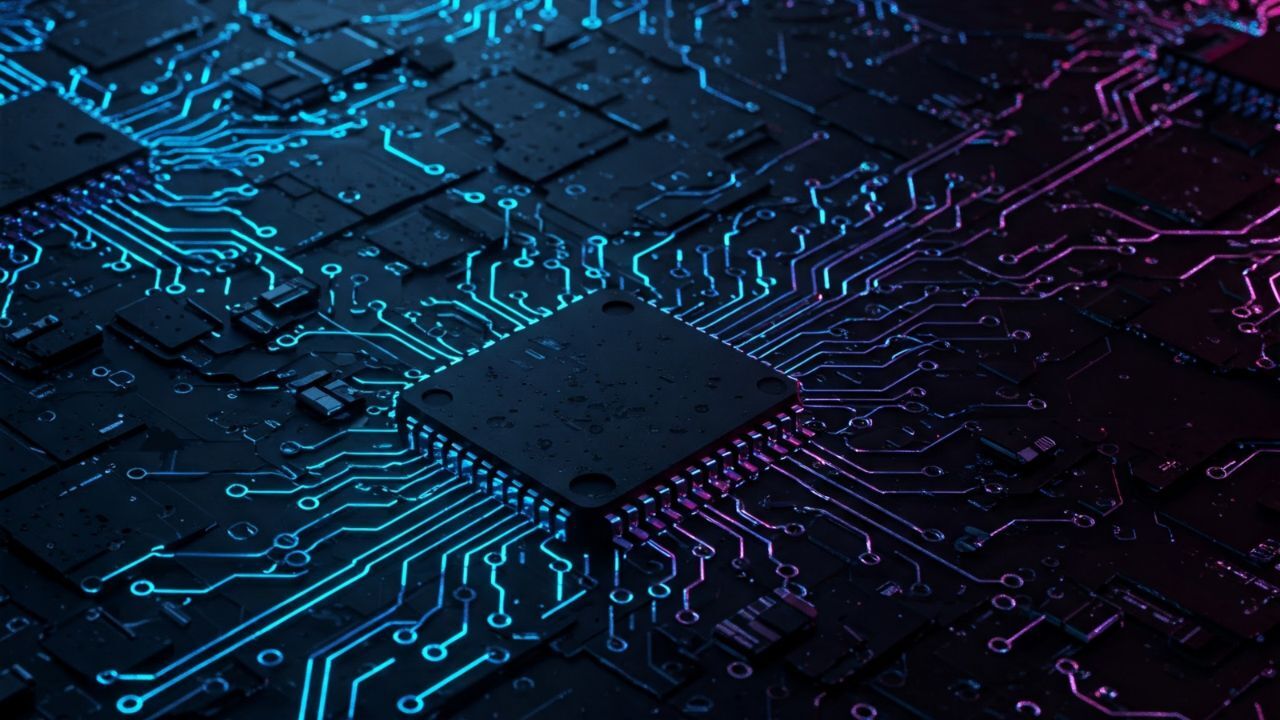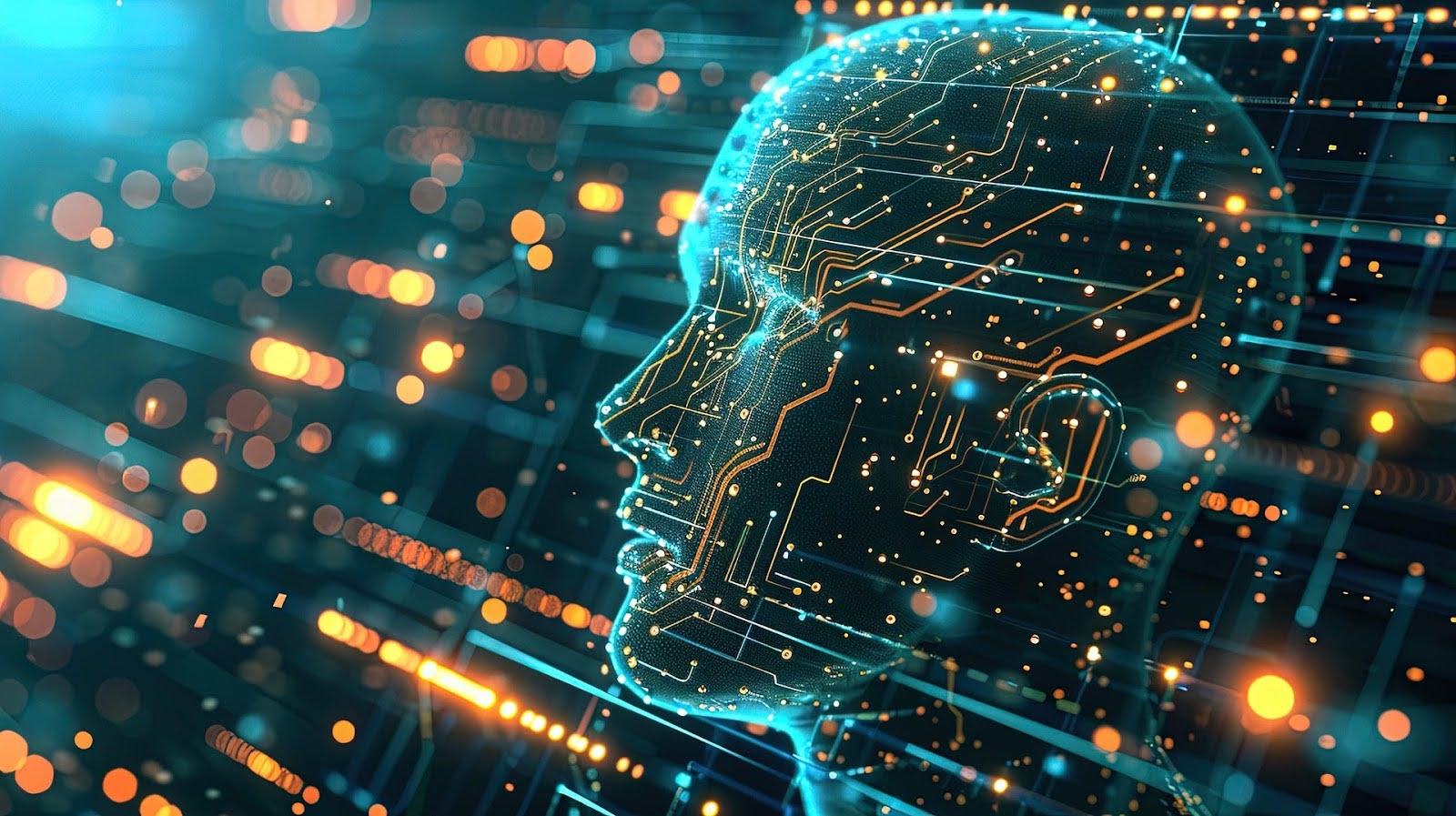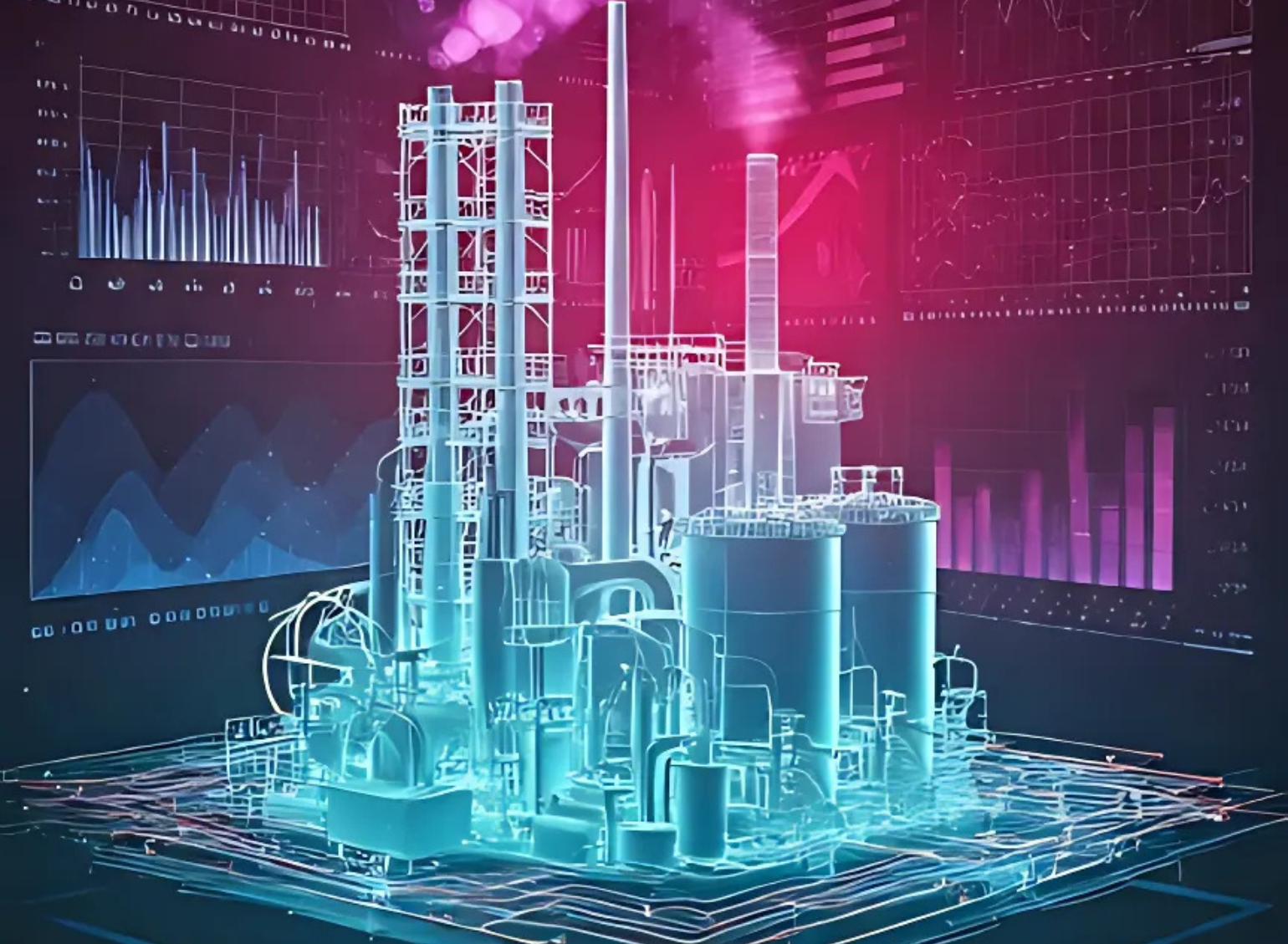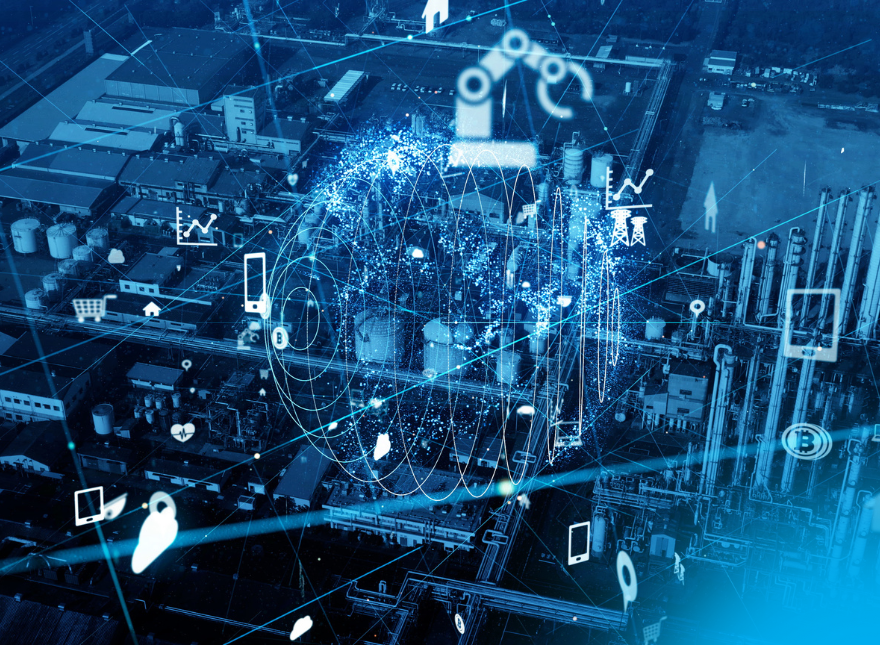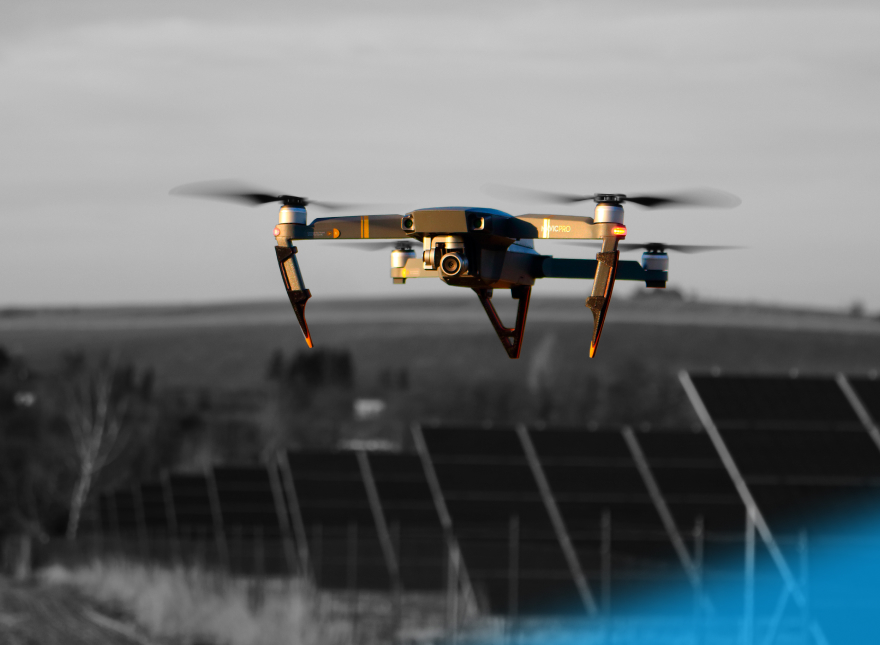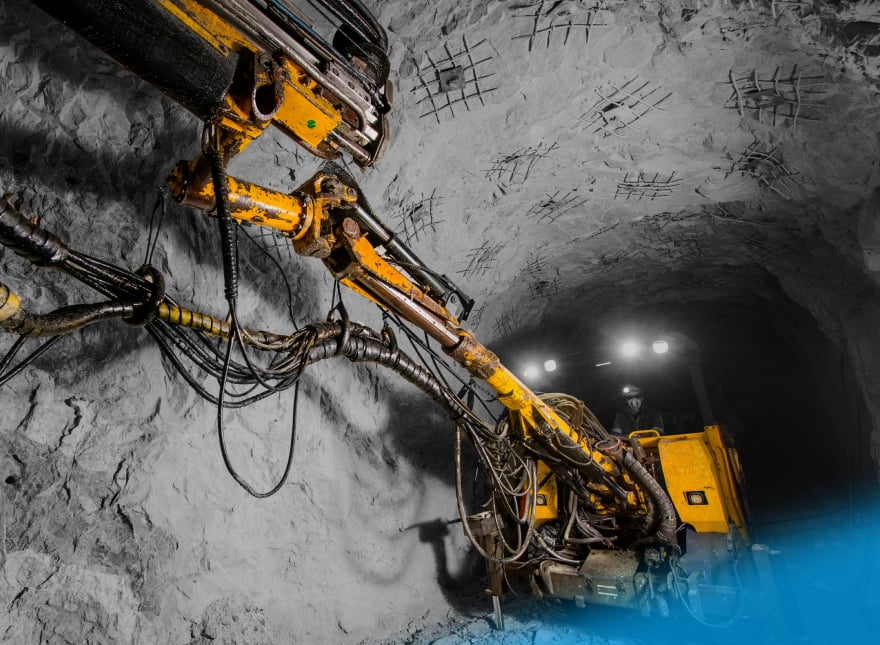Check out our latest blog article: From component to enterprise – modular robotics done right.
Five Examples of Digital Twin Technology in Different Industries (Use Cases and Benefits)
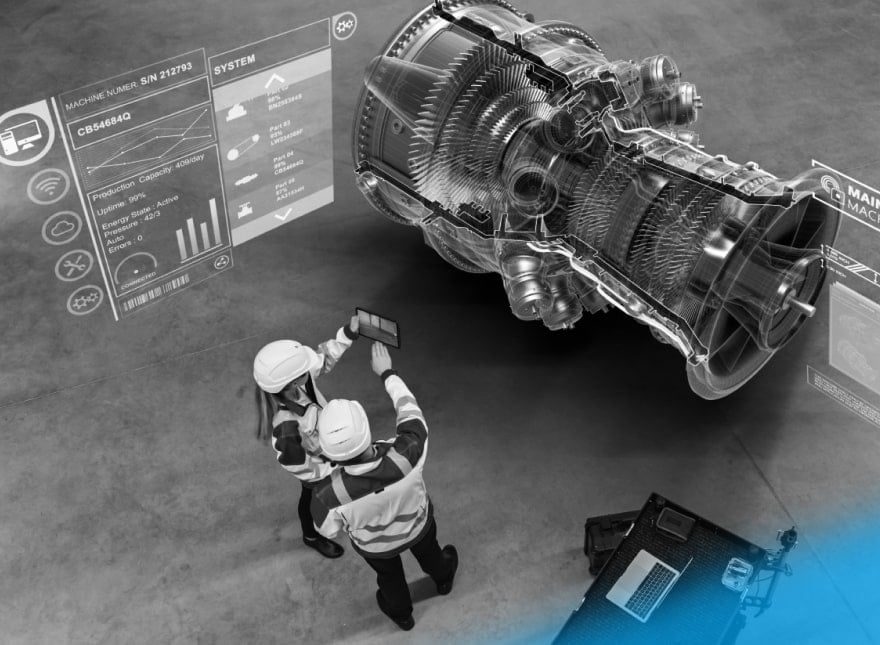
Digital Twins (DTs) are digital duplicates of physical objects. Using this technology, businesses can gain better insights on product performance, enhance product quality, improve customer service, reduce operational costs, and more. In a previous article, we talked about some of these benefits, and today we’ll be taking a closer look at more digital twin examples and their benefits for different industries.
Digital Twin Technology Explained
Depending on the business goal, there can be three scenarios of digital twin use with different complexity levels.
Basic level: asset monitoring. To create a DT, data engineers collect relevant data on the real-world object (real-time and historical sensor data, maintenance data, etc.). Subsequently, they feed that information to a DT software that creates a virtual model of the object in the cloud. Such models allow for monitoring physical assets and collecting data on them for future use. On this level, DTs are no more than data historians with intuitive interfaces, both in terms of functionality and costs.
Middle level: what-if simulations. Basic DTs can be augmented with what-if models. This enables companies to experiment with operational settings of assets or processes to find the optimal operational configuration.
Advanced level: AI-enabled systems. DTs also can be equipped with ML algorithms that are trained on data collected by sensors. Such systems can quickly detect abnormal behavior and suggest or initiate corrective action.
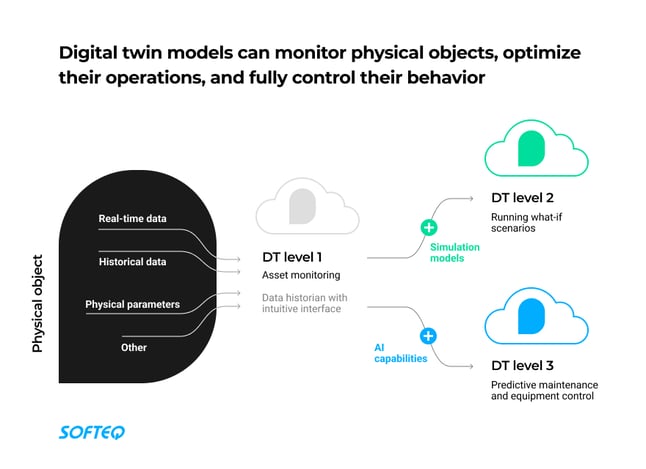
Digital Twins in Retail
In the retail industry, digital twins may come in handy both in the supply chain and in store. To create supply chain simulations, retailers use real-time sensor and equipment data, as well as ERP and other business system data. The models give an overview of a supply chain’s performance, including assets, warehouses, material flows, inventory positions, and people. To create in-store digital replicas, retailers use data captured by RFID readers, motion sensors, and smart shelves. These models allow them to analyze customer movement and purchase behavior, as well as test the optimal placement of products.
Real-Life Example: French Supermarket
French supermarket chain Intermarché created a digital twin of a brick-and-mortar store based on data from IoT-enabled shelves and sales systems. Now, store managers can easily manage inventory and test the effectiveness of different store layouts.
Benefits
With digital twins, retailers can:
- Effectively manage product supplies. Digital twins help retailers identify bottlenecks, supply shortages, and demand curves in seconds. Based on these insights, they can replenish goods, readjust placements of products, and create targeted ads to minimize waste and promote sales.
- Avoid supply chain disruptions. Retailers can combine their digital twin models with external real-time data like local traffic and weather. By doing so, they can respond to any kind of event that may disrupt their supply chain.
- Optimize logistics costs. According to Boston Consulting Group, digital twins help retailers minimize capital expenditures by 10%, reduce excess inventory by 5%, and improve EBITDA (earnings before interest, taxes, depreciation and amortization) by 1-3%.
Digital Twins in Utilities: Water Supply
Water utility organizations use digital twins to ensure an uninterrupted water supply and be better prepared for emergency situations. With digital replicas, they can get an accurate assessment of how the current water system behaves, identify failures before they happen, and simulate what-if scenarios.
Water utilities create virtual representations of water systems based on sensors and actuators capturing data on the physical system’s performance. Additionally, they use data from information systems in the water industry, such as CMMS (computer maintenance management systems), GIS (geographic information systems), and SCADA (supervisory control and data acquisition).

Real-Life Example: Water Supply in the City
Aguas do Porto (AdP), a Portuguese utility organization, is responsible for the water supply in the city of Porto. AdP uses digital twins to forecast flooding and water quality issues, improve city services and responsiveness, and ensure resilience of water infrastructure.
The solution creates virtual models based on sensor and telemetry data together with information from 20 other sources: customer service management, billing, maintenance, asset accounting, etc. Digital twins enable AdP to monitor the water supply systems in real time. They are also used to create forecasts on water consumption and simulate burst pipe scenarios along with valve and pump shutdowns.
Benefits
Digital twins help utility companies quickly locate potential leaks and reduce water loss. With virtual simulations, they can test different methods of water system operations to improve emergency response, increase water supply reliability, and save energy.
This is confirmed by AdP: they were able to increase operating gains by 23% and shorten the time required to repair pipe bursts by 8%. They also reduced water supply interruptions by 23% and the number of sewer collapses by 54%.
Digital Twins in Manufacturing
In industrial manufacturing, digital twins are used to simulate the production process. Based on data, collected from industrial IoT solutions, sensors connected to machines, and manufacturing tools, manufacturers can create virtual representations of a real-world product, equipment elements, production process, or whole system.
Thus, for production purposes, such simulations help track machine operation and adjust it in real time. Augmented with machine learning algorithms, digital twins help manufacturing companies identify problems before they occur and predict future outcomes.
For maintenance purposes, digital twins allow for monitoring equipment health and recognizing potential anomalies in a timely way. They capture real-time data on equipment operations and augment it with historical data on failures along with contextual maintenance data. With the help of machine learning and artificial intelligence, the solution predicts when maintenance work will be necessary. Based on this data, companies can take proactive measures to prevent production stoppages.
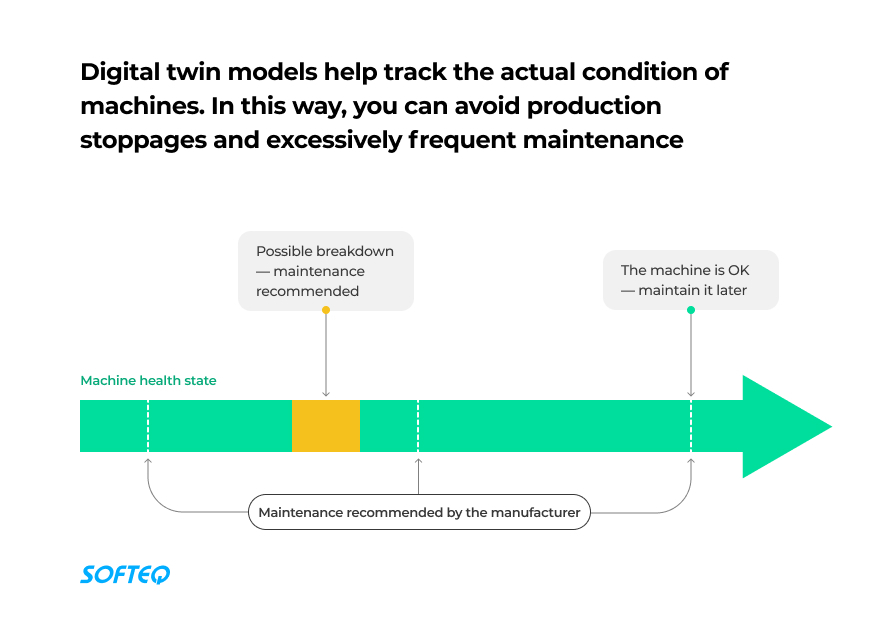
Real-Life Example: Consumer Goods Manufacturing
Unilever PLC is using digital twins to make the production process more efficient and flexible. The company has created virtual models of its factories. At each location, the IoT sensors feed real-time performance data such as temperature and motor speed into the enterprise cloud.
Using advanced analytics and machine learning algorithms, an IoT digital twin simulates complex what-if scenarios to identify the best operational conditions. This helps manufacturers use materials more precisely and limit waste from products that don’t meet quality standards. Right now, Unilever is operating eight digital twins across North America, South America, Europe, and Asia.
Real-Life Example: Pharma Manufacturing
A good example of the digital twin technology in pharma is a collaboration between Atos, a digital transformation consultancy, and Siemens, the engineering firm. The companies are working on a digital twin solution for the pharmaceutical industry. The system creates a digital representation of a specific production step. Сonnected with IoT sensors installed on the actual plant, it gives an instant view of all operational details. Powered by AI and Advanced Analytics, the solution also offers optimized measures for process quality and reliability.
Benefits
Manufacturing companies using digital twins on their production lines report the following effects:
- Enhanced product quality: Boeing achieved a 40% improvement rate in the first-time quality of parts using the digital twin concept.
- Higher production efficiency: Deloitte reduced the time spent on changeovers for their manufacturing clients by 20%.
- Improved profitability: Challenge Advisory outlined that their automotive client was able to improve annual profit margins by up to 54%.
Digital Twins in Healthcare
In healthcare, digital twins can be used for designing medical devices—vena cava filters in particular. They require two virtual replicas: the patient’s digital twin, with specific anatomical and physiological characteristics, and the medical device’s digital twin, with device parameters. By correlating both models, healthcare researchers can see what happens when a particular device is installed into a patient’s body.
Digital twins also help optimize the device’s performance by running hundreds of simulations with different conditions and different patients.
Real-Life Example: Human Heart Models for Device Design
The Living Heart Project is an international research collaboration dedicated to developing and validating highly accurate personalized digital human heart models based on MRI images and ECG data. The project involves the FDA, leading cardiovascular researchers, educators, medical device developers, and practicing cardiologists. They leverage the digital twin heart to simulate in-vivo (in a living organism) conditions, visualize anatomy that cannot be seen, and refine the designs of cardiological devices faster. The team hopes this experiment will serve as a playbook for future in-silico (performed via computer simulation) trials.
Benefits
Digital twins enable healthcare companies to design and customize complex medical devices for individual patients, making them compatible with the individual’s unique anatomical and physiological systems. They accelerate the design process and reduce costs by lowering the need for surgery and clinical trials, greatly reduce animal testing, and produce zero side effects.
What’s Next for Digital Twins?
The above digital twin examples have shown a lot of benefits for businesses. Moreover, digital twins’ capabilities are getting more accessible even in small organizations. This is mainly enabled by rapidly improving modeling capabilities, the spread of IoT sensor installations, and the increasing availability of tools and computing infrastructure.
That’s why this technology is gaining momentum. IDC projects that by 2022, 40% of IoT platform vendors will integrate simulation platforms, systems, and capabilities to create digital twins, and two thirds of manufacturers will use the technology to conduct process simulations and scenario evaluations. While the reasons for a digital twin may differ from sector to sector, digital twin technology can benefit businesses in all industries.
More articles on the topic
